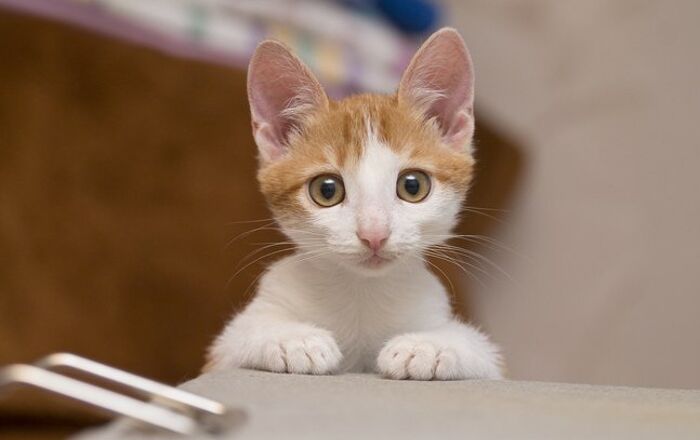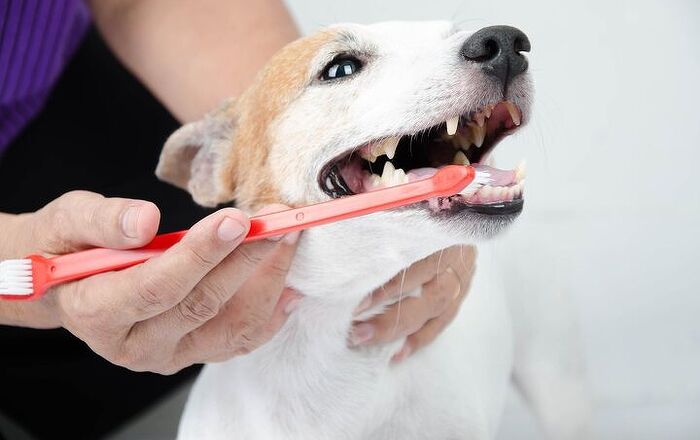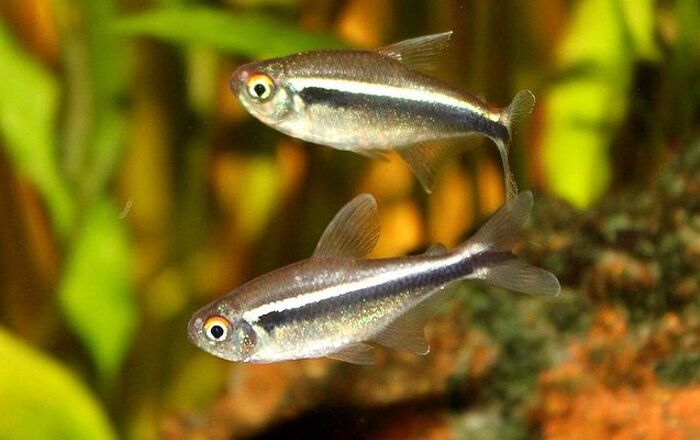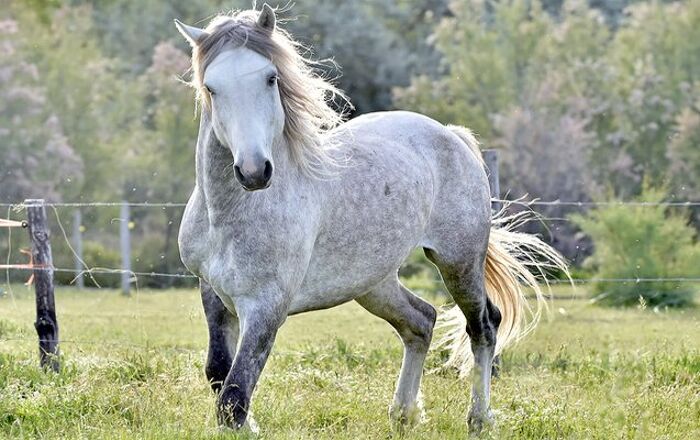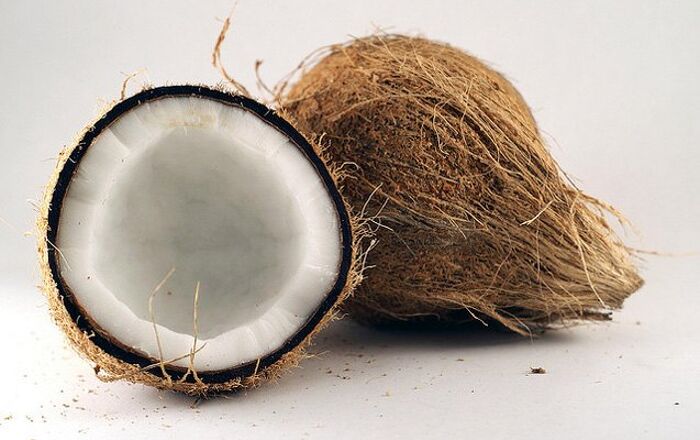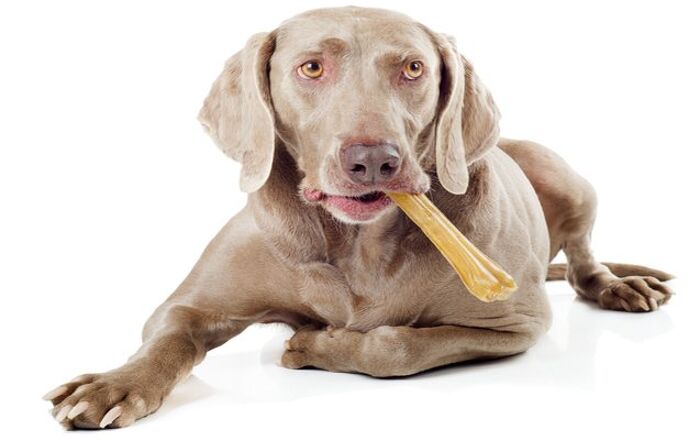
Moluccan King Parrot General Info
Moluccan King Parrot is an attractive breed with an increasingly rising popularity in the pet market. With their bright and flashy colors, an energetic and friendly personality, as well as good health, these parrots have some of the best traits for pet birds. Although they are at their happiest in a large aviary with other friendly birds, they can also be content in a household, family setting. These exotic birds are closely related to other King parrots, and as such, they share many similar traits. But with a few details unique to this breed, the Moluccan King Parrot stand out from the crowd.
Moluccan King Parrot doesn’t really like to be handled. They like aviaries and large, roomy cages when they aren’t out and about.

Native Region/Natural Habitat
This bird is native to regions in present-day Indonesia, mostly in the Maluku and Peleng islands, as well as West Papua and northern New Guinea. Here, they thrive in many of the regions large rainforests, and quite often they are seen in plantations, gardens, and farmlands. Sadly, the wild populations are increasingly threatened, mainly by illegal capture and habitat destruction. They live in altitudes of up to 2100 meters.
Overall Description
You can easily spot a Moluccan King Parrot, thanks to their recognizable features. The broad, long tail, slender body, and a unique head are the defining sings of the species. One of the unique aspects of the Moluccan King Parrot, compared to the other breeds in this family, is the fact that males and females are not really that different. The adults reach an average length of 14 inches (35 centimeters) and can weigh up to 6 ounces (160 grams). A parrot of this size and temperament will require a lot of space. The best way to keep these parrots is an aviary, which is an enclosure for parrots, often in the size of a room. This also means that they are best kept in a house with a yard.
Speech and Sounds
These are usually quiet and very tolerable parrots, which comes as good news to a lot of potential owners. Their friendly personality goes hand in hand with their quiet behavior. They do have some natural calls – mainly high pitched squawks and ringing notes, but these are not heard very often. Sadly, these birds are not very good talkers. They might repeat a few words, but only if raised from a very young age.
Colors

The colors of a Moluccan King Parrot are its most striking feature. These lively and charming birds leave no one indifferent with their vivid hues. The main color is a deep, vibrant red. It covers the head, neck, chest and lower body. Their back, rump, and tail are blue, with a bit “spilling over” onto the top of the wings. The wings themselves are a deep green. These colors are also unique for their shiny, almost fluorescent tones and that’s what really makes them stand out.
These parrots love the company of other birds. Consider buying them in pairs.
Care and Feeding
Moluccan King Parrot thrives on a diverse diet which is mostly based around fruits. This should be a great foundation for your pet’s meal plan. Include a lot of fresh fruits, such as apples, bananas, oranges, guavas, and pears. A pellet-based mix should also be a part of the diet – to ensure a balanced intake of proteins and vitamins. Your parrot’s health depends on several factors, and a good diet is the big one. Talk to your parrot breeder to find out the best tips and tricks of the trade. It will go a long way for a healthy and thriving parrot.
Health and Common Conditions
Two of the key requirements of the Moluccan King Parrot are a lot of room and good company. Consider building an indoor aviary of your own – a small room in your house which is reserved only for your pet parrot. This gives them all the free space they might need and ensures good exercise. A neglected parrot will get moody, noisy, depressed, and prone to biting. Another important thing for their health is social interaction. Consider purchasing a pair of Moluccan King Parrots, or get them a friend of a similar size. That way your pets are never lonely.
Aviaries are a great choice for people with large homes and plenty of spare room. They ensure plenty of freedom and a great quality of life for your pet parrot.
Personality & Behavior
Moluccan King Parrot is generally a lot calmer than any of their close cousins. They have a docile and almost shy personality. But once a bond is created and they are feeling closer to you, prepare to discover their energetic and playful side. They do well with people who don’t have a busy and hectic lifestyle, and that can make them a perfect pet bird for seniors. The Moluccan King Parrot prefers to spend time with a feathered friend, or simply occupied with their toys, so they won’t be too demanding for any owner. In general, these parrots are ideal for people looking for docile, friendly birds that don’t require much fussing over to be happy.
Photo credit: Mauli/Wikimedia Commons; Tomasz Doroń/The Internet Bird Collection; James Eaton/The Internet Bird Collection


